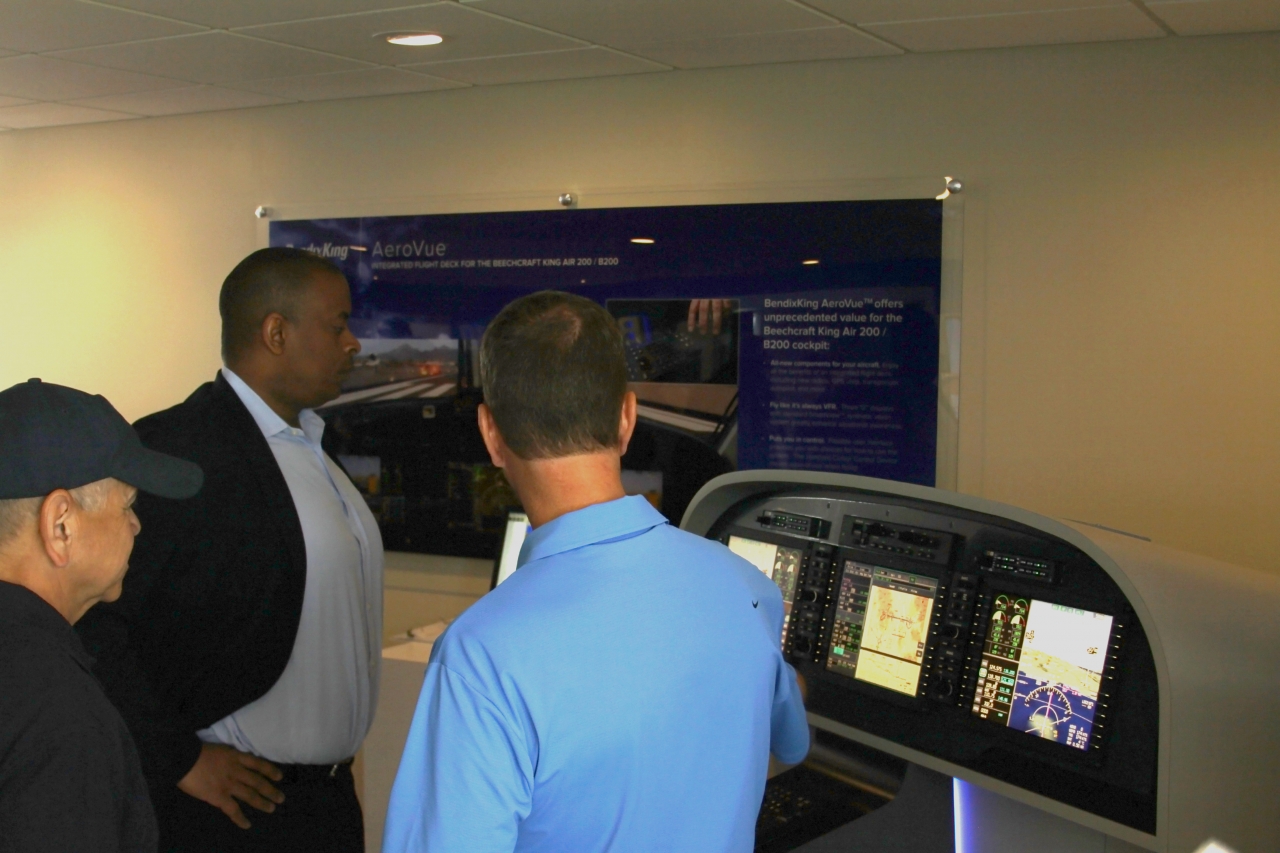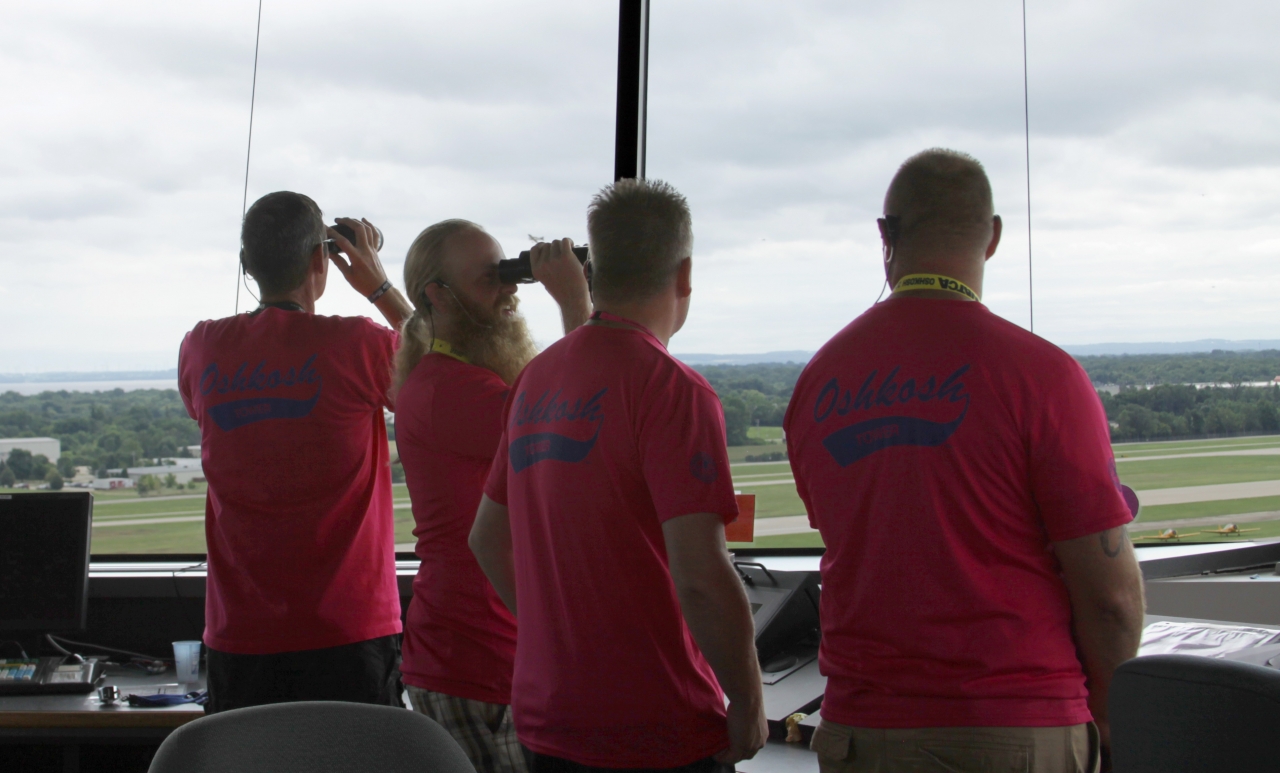Exploring the Excitement of General Aviation at AirVenture
Last week, I was thrilled to attend the world’s largest aviation event – the Experimental Aircraft Association’s (EAA) AirVenture, held annually in Oshkosh, Wisconsin.
This year’s AirVenture hosted over half a million aviation enthusiasts and professionals from around the world, and over 10,000 aircraft, from old warbirds to brand new light sport aircraft.
With over 1,000 forums and workshops covering a variety of educational and safety-related topics and 800 exhibitors, AirVenture provides a unique opportunity for attendees to explore the depth and breadth of innovation that exists within the general aviation (GA) industry.

I enjoyed joining FAA Administrator Michael Huerta to meet with EAA leadership, exhibitors, and pilots to discuss the importance that DOT places on the continued health and well-being of general aviation in the United States.
I was also thrilled to see firsthand the wide variety of aircraft that made their way there.
But AirVenture isn’t just about the chance to see vintage planes – it’s also an opportunity to glimpse into the industry’s future.
Manufacturers from around the world come here to show off their latest creations. Their planes are made from the newest, lightest materials. And new technologies are helping to usher in a new era of safety.

I had the opportunity to meet with some of the dedicated FAA air traffic controllers tasked with the important job of ensuring that every attendee landed and took off safely.
For approximately 11 days each year, over the past 35 years or so, the FAA has temporarily staffed the Oshkosh control tower in order to handle the large influx of traffic arriving at AirVenture. During these two weeks, the Oshkosh tower becomes the world’s busiest airport, normally handling over 18,000 operations.
It’s an honor to be chosen to work in the tower during this event, and the controllers wear their bright pink t-shirts with pride.

DOT is committed to making general aviation safer and more efficient than ever before. And we’re making a lot of progress.
NextGen technologies like ADS-B are improving safety by using GPS to take the “search” out of search-and-rescue if a pilot runs into trouble. ADS-B also provides free weather and traffic updates to help pilots make better-informed decisions in the cockpit.
In June, the FAA announced a new incentive program that offers eligible aircraft owners $500 to help offset the cost of purchasing ADS-B Out equipment, or an integrated system that also includes ADS-B In. They’ll be issuing 20,000 incentives on a first-come, first-served basis for one year, or until all 20,000 are claimed – whichever comes first.
In addition, in March, the FAA proposed a rule that overhauls the airworthiness standards for small general aviation airplanes and would reduce the time it takes to get safety enhancing technologies for small airplanes into the marketplace while also reducing cost.
The FAA’s Fly Safe campaign, which launched last year on FAA.gov, educates the GA community on how to prevent Loss of Control accidents.
And reforming third-class medical certification as soon as possible is a priority for DOT and the FAA.
We look forward to continuing to work closely with the GA community – including aircraft owners, application developers, and manufacturers – to improve the safety and efficiency of our airspace.



Post new comment